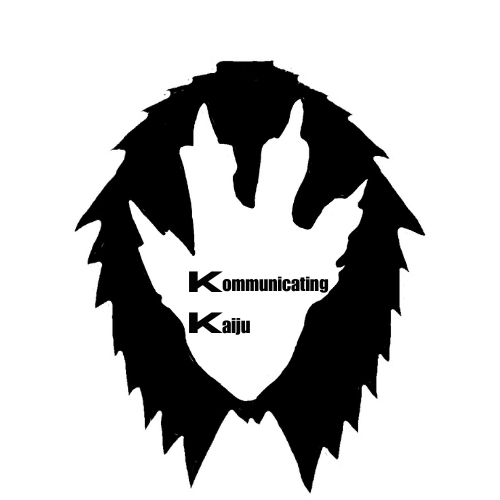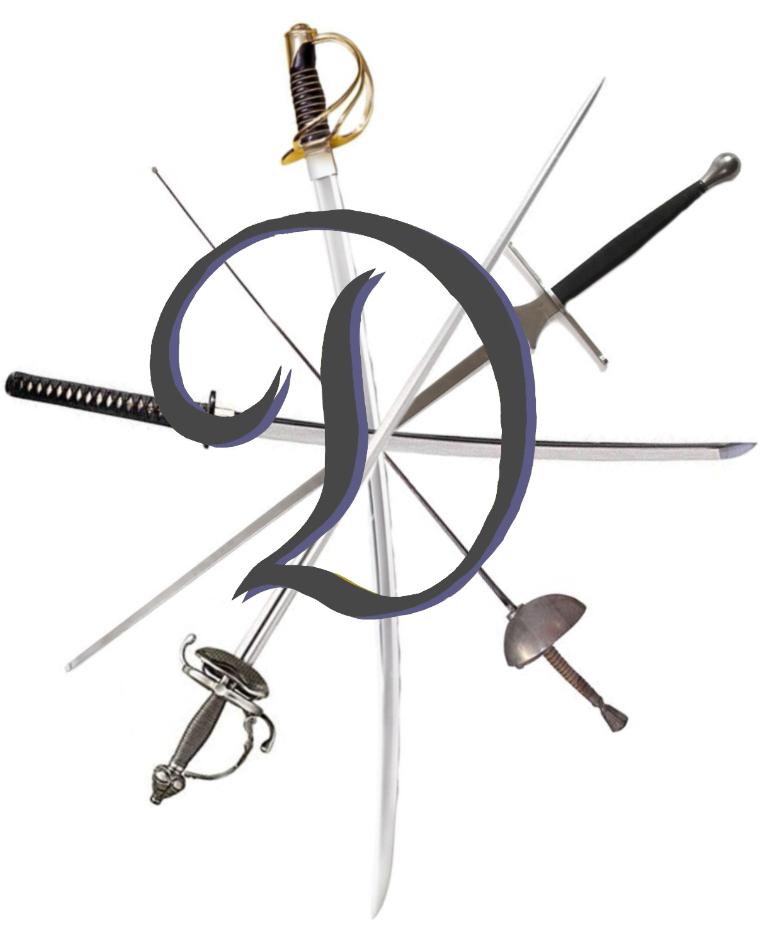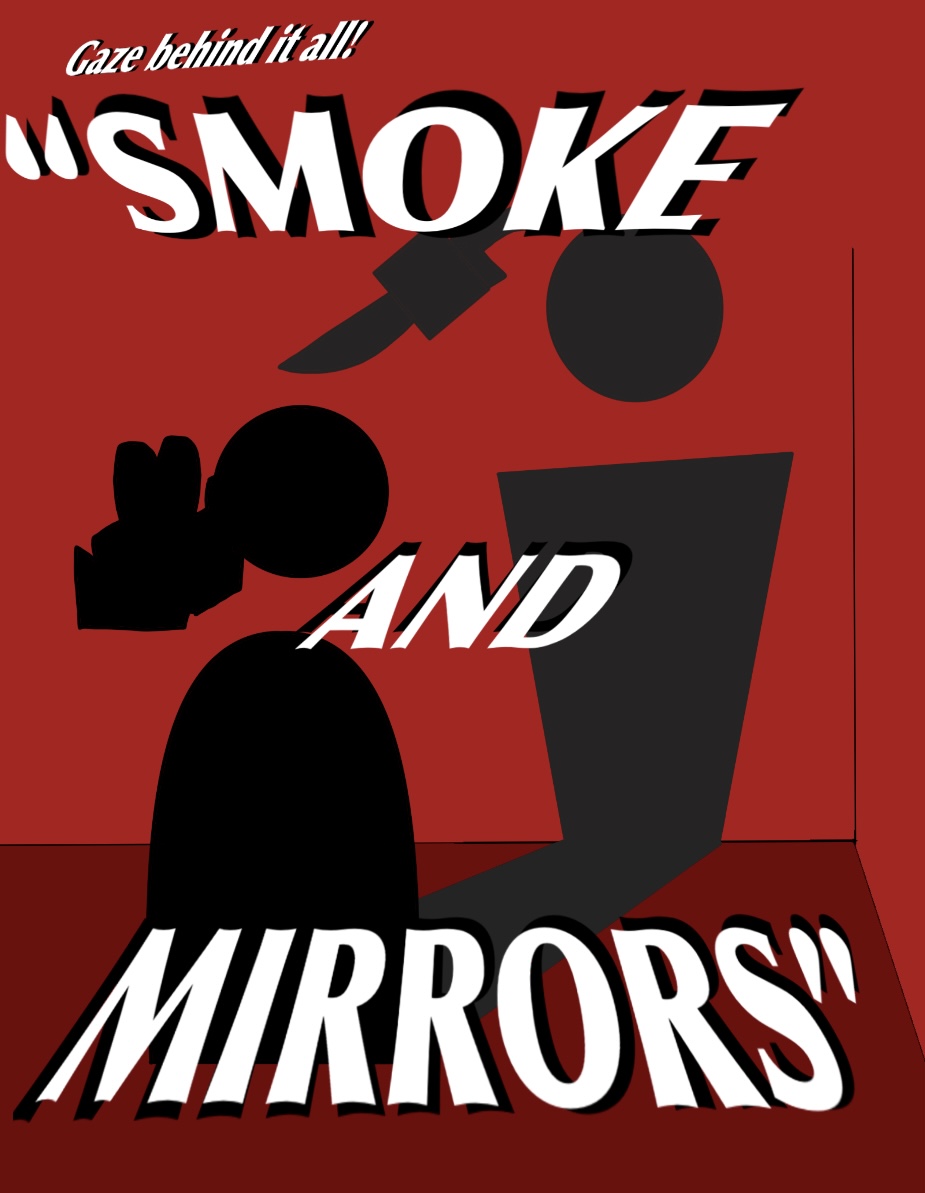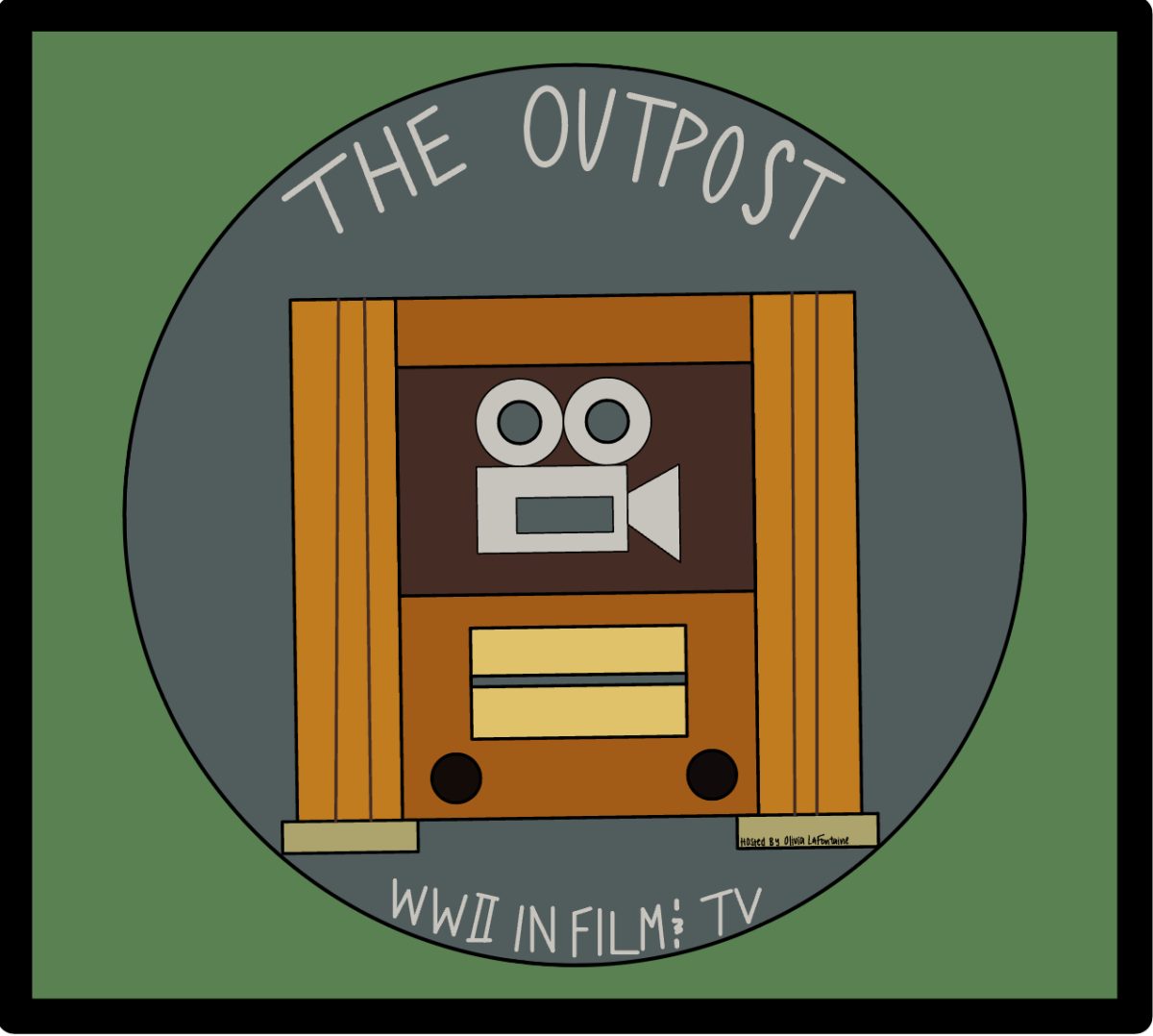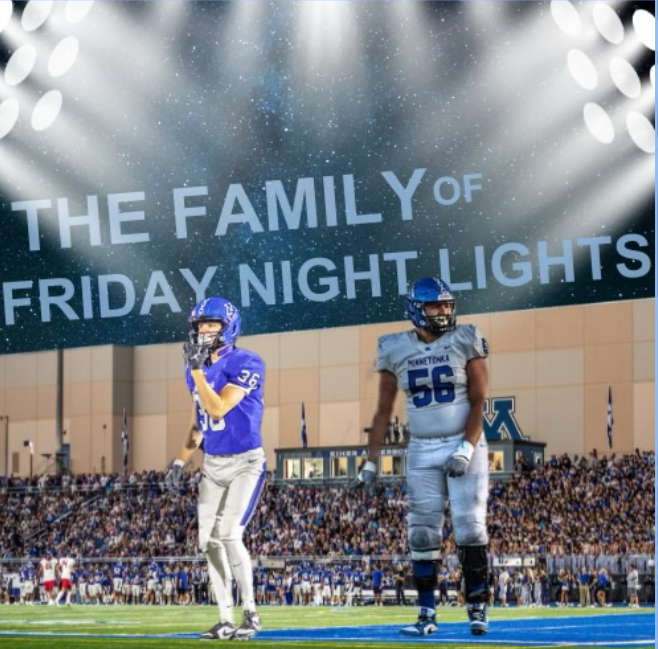Hello, I’m Brock Larson, a 17 year old that’s been a fan of Kaiju as long as I can remember. Like most Kaiju fans my introduction to the genre came from watching the old Showa era Godzilla movies. However my true love for Kaiju came from playing Godzilla Unleashed for the Wii when I was 5. From then on I would consume any and all Kaiju media I could get my hands on. In this blog I aim to talk about Godzilla, or any Kaiju in anyway possible.
May 13 – Godzilla vs. Destoroyah: The Tragic End
As the last of the seven Heisei-era Godzilla movies, 1995’s Godzilla vs. Destoroyah was made with one purpose: killing Godzilla. Godzilla’s last hurrah is an emotional rollercoaster that sees Godzilla’s first on-screen death since the original, all the way back in 1954.
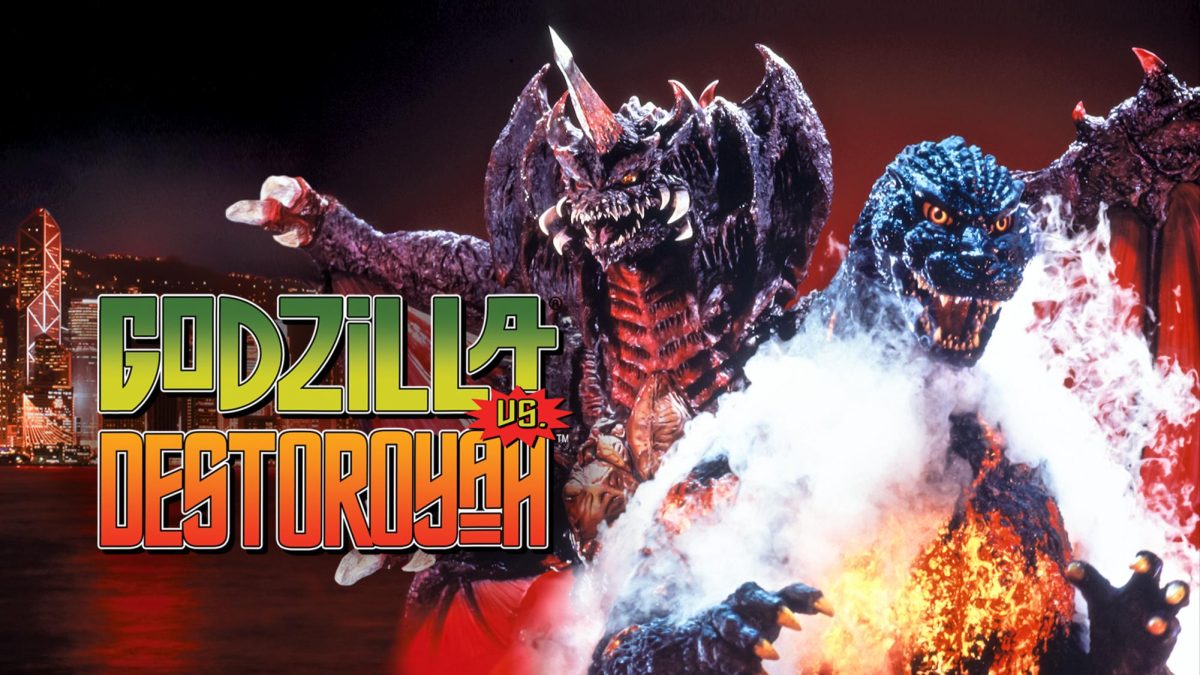
In the Film, Godzilla is blowing a bright orange, a side effect of absorbing too much radiation, as such he’s slated to enter a nuclear meltdown, which, if completed, would destroy the Earth. To prevent the deadly reaction, the Japanese Self Defense Force (JSDF) tries to recreate the oxygen destroyer, the original weapon used to kill Godzilla. However, it’s soon revealed that the original oxygen destroyer had mutated a colony of microorganisms that had absorbed its powers. The hive-mind, renamed Destoroyah, evolves throughout the film before becoming strong enough to go toe-to-toe with Godzilla in his strongest ever form.
In the most shocking moment of the film, Junior, Godzilla’s only son, whom he spent the last movie defending from the evil SpaceGodzilla, is brutally murdered by Destoroyah shortly after finally reuniting with Godzilla. The one monster the audience expects to make it out of is dropped from the atmosphere and killed. This makes Destoroyah feel both powerful and outright evil. A problem many Kaiju films make is not showing their antagonists doing anything that makes them seem like a world-ending threat. Destoroyah feels like he can and wants to end the world. To make his death even sadder, Godzilla gives Junior some of his energy to try to help him survive, an effort soon proved fruitless.
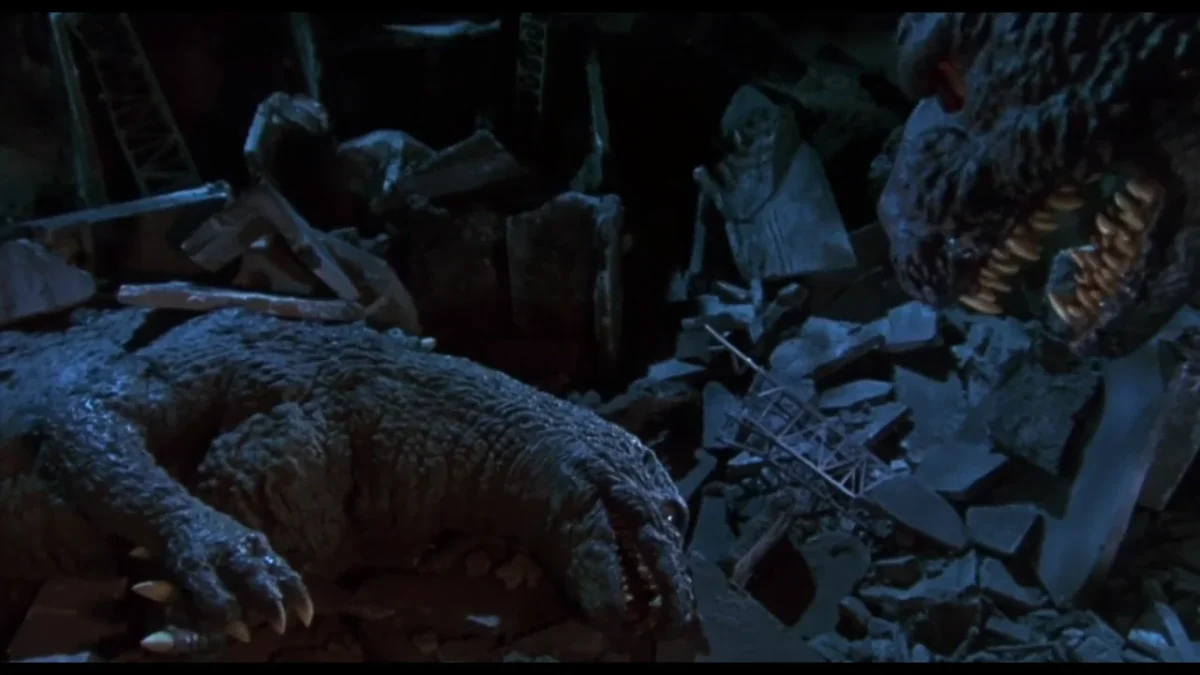

The tragedy of Junior’s death is rivaled only by Godzilla’s death. After some help from the JSDF (and pure hatred for Destoroyah at this point), Godzilla can put down Destoroyah for good, and the JSDF can now focus on preventing Godzilla from melting down. With a tragic acceptance of his own doom, Godzilla does not fight back when the JSDF uses ice beams to lower his core temperature to avoid the meltdown; rather, he roars in agony as his body slowly melts away. Close ups of Godzilla’s slow and agonizing death remains one of the saddest scenes in the Godzilla series.
The film ends with one last surprise, as it’s revealed that the radioactivity given off by Godzilla’s meltdown, which would have been enough to turn Toyoko into a ghost town, is absorbed by Junior, reviving him and showing that, although it may seem like it, you can never truly kill Godzilla.
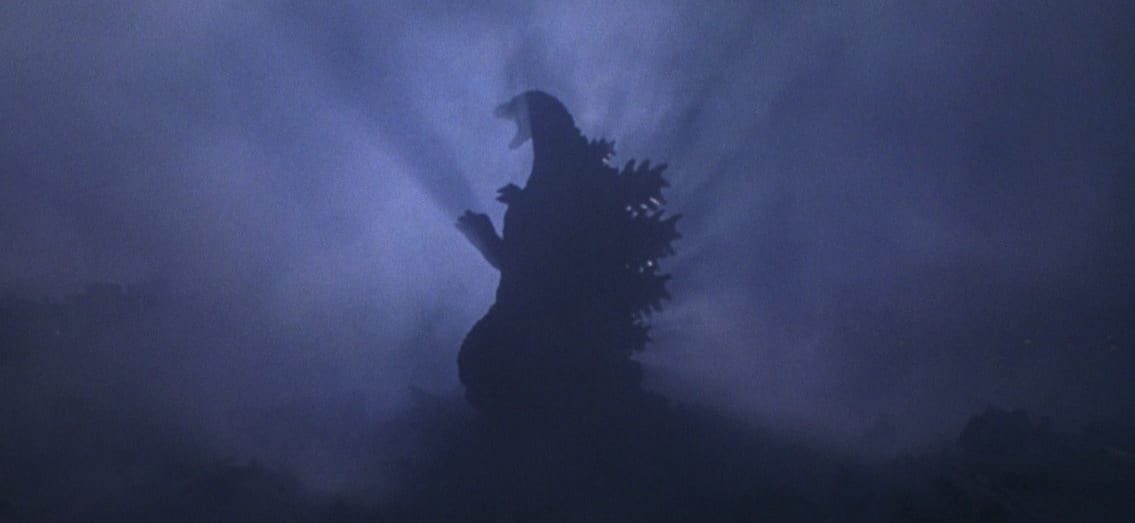
What makes the film so successful as a send-off is the empathy the viewer feels for Godzilla. Despite him being a radioactive lizard monster, the film makes you care about him the same way you would for any other animal, something not often done throughout the Godzilla series.
May 15 – Godzilla Minus One: Hate and Revenge
Besides its Oscar-winning visuals, ‘Godzilla Minus One” contains some of the best usage of Godzilla from the entire series. His impactful appearances, vengeful determination, and unstoppable nature make him feel impossible to stop. A perfect representation of what an antagonistic Godzilla should be.

One of the most crucial aspects of Godzilla a successful antagonist is making his appearances feel impactful and high stakes. Because the film is centered around stopping him, when he does appear, we should feel threatened by him. We’ve seen him stomp through cities before, but Godzilla Minus One keeps its characters close to the threat, keeping the stakes high throughout. Godzilla feels unstoppable. His regenerative abilities make any attempts at harming or even killing him seem futile. Free from the limitations of classic suitmation filming, Minus One has plenty of close-up shots of Godzilla’s attacks, which add to the scale and threat that this version of Godzilla poses.

Godzilla Minus One also contains several of the best-looking, most impactful shots in any Godzilla movie. To me personally, the shot of Godzilla standing still, staring up at the mushroom cloud caused by his heat ray, before releasing his primal roar, screaming out at the same thing that deformed him. Another iconic shot is Godzilla standing out of the water after regenerating his face during the infamous boat chase scene. The smug smirk on Godzilla’s as he towers over our favorite mine destruction crew, revealing in his superiority over them.
The story of Minus One is what truly allows Godzilla to feel the next level in the film. Shikishima’s story of redeeming himself from running from the war and his inaction during the massacre on Odo Island. His survivors’ guilt and tormenting dreams are only helped slightly by Noriko’s loving comfort, which is stripped away after the raid on Ginza. Godzilla’s relentless torment of him is ended only when Shikishima can overcome his personal struggles. Godzilla is a representation of his inner demons: his regret, and his guilt. Godzilla is only defeated by the cooperation and survival of all the veterans who were abandoned and neglected by the neglectful Imperial Japanese government.

Godzilla Minus One is not just a fantastic Godzilla movie; it’s a fantastic movie in general. Godzilla is used not only to show the horrors caused by atomic weaponry, but the film also carries strong themes of revenge, guilt, and regret.
May 23 – Godzilla Raids Again: A Rushed Disaster
Godzilla Raids Again commits one of the cardinal sins of a giant monster movie: boring its audience. Most bad Kaiju movies at least have interesting monster scenes, however, Raids Again is more interested in its forgettable human cast than Godzilla’s inaugural Kaiju battle. Raids Again makes no effort to interest its viewers.
Raids Again’s crimes are slightly justified in the context of the production of the film. After the original smashed the box office in November of 1954, Toho (the studio behind Godzilla) greenlit a sequel to be made ASAP. And ASAP it was, Raids Again would hit Japanese theaters on April 24, 1955, a mere 202 days apart.

In the movie, it’s revealed the existence of a second Godzilla, a monumental threat with the knowledge of how to make the oxygen destroyer gone when its creator, Dr. Serizawa sacrificed himself to kill the first Godzilla, hope seems bleak. However, Godzilla is seen fighting what appears to be a massive dinosaur named Anguirus. The most baffling choice of the movie is having Godzilla kill Anguirus slightly over halfway through. Unlike every other Kaiju showdown known to man, the climax is not the fatal battle between the monsters, that’s reserved for the Japanese air force trapping Godzilla beneath an avalanche of ice. When Godzilla fatally roasts Anguirus alive, there’s still over a half hour left. Godzilla and Anguirus’ limited screen time together in the movie is by far and away the best aspect of the film. Although the footage is clearly sped up, a fault of their limited technology at the time, the raw animalistic nature of their fights is brutal. It also helps characterize Godzilla more as a monstrous animal instead of an evil villain, a change that better suits the character.

There are some low points in the Godzilla series; boring characters, dumb plots, bad pacing etc. But none routinely frustrate me as constantly as this movie. Before Godzilla comes to land, one of the side characters remarks that Godzilla only attacks bright lights because they reminds him of the atomic bomb that mutated him in the first place. How do they know this? He wasn’t said or shown to be attracted to brightness in the previous movie, so why does it matter now? What makes it even funnier is the plan to lure him away using flares fails because a group of prisoners escape a transport vehicle, and crash a stolen fuel truck into an oil refinery starting a giant fire, attracting Godzilla. Godzilla, who I have not yet mentioned looks horrifying beyond belief. His neck is too long, his skin routinely folds as he moves around and his face is very uncanny. It’s so bad there are multiple fan-made Godzilla horror series on YouTube inspired by the Raids Again suit. The design was slimmed in order to prevent the suit actor from suffering heat stroke while filming, but the execution could have been so much better.

Godzilla Raids again is arguably the most forgettable movie in the franchise. The only black-and-white film other than the original is sandwiched between the classic original and the equally classic (but for different reasons) King Kong vs Godzilla. While Anguirus is fantastic, his routine appearances as Godzilla’s bravest ally throughout the rest of the Showa era make his debut battle forgettable. Godzilla Raids Again flopped at the box office and put the franchise on ice for 7 years, the 3rd longest break in the franchise’s 70-year history.

